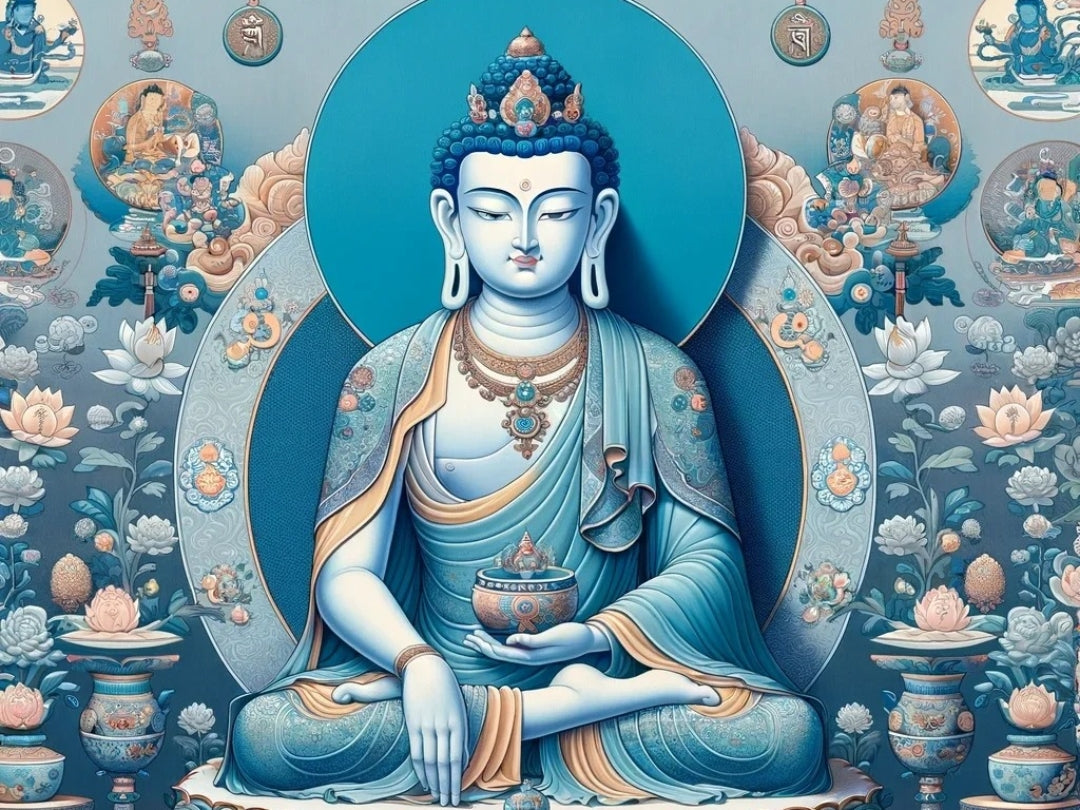In Tibetan Buddhism, ritual tools like the vajra (dorje) and bell (ghanta) hold deep spiritual power. Once reserved for temples and monastic ceremonies, artisans today have reimagined these Tibetan ritual symbols as dorje pendants, earrings, and rings—bringing their ancient meanings into everyday life.
Origins of the Vajra and Bell
The Vajra (Dorje)
In Sanskrit, vajra means “diamond” or “thunderbolt.” In early Indian and Tibetan Tantric practice, the vajra symbolizes indestructible clarity and compassionate power. Monks wield it in rituals to cut through ignorance—its prongs representing the union of wisdom and method.
The Bell (Ghanta)
Paired with the vajra, the bell represents śūnyatā—the emptiness that underlies all phenomena. Together in ritual, they embody the inseparable nature of form (bell sound) and emptiness (vajra’s firmness), guiding practitioners toward balanced insight.
Symbolic Meanings in Jewelry
-
Dorje Pendant: Wearing a dorje pendant channels the vajra’s protective strength. It serves as a reminder to stand firm in compassion and cut through mental obstacles.
-
Bell Cufflinks & Earrings: Tiny bell motifs can be found on studs or danglers, symbolizing the clear, resonant call to presence. Each movement or glance at your earlobe can echo the mindfulness bell’s ring.
-
Vajra Rings & Bracelets: A simple band engraved with a vajra motif carries the tool’s significance for clarity and resilience.
By transforming these sacred icons into vajra jewelry, artisans offer a subtle yet potent way to carry ritual energy in daily routines.
Crafting Modern Amulets
Artisans blend traditional techniques—lost-wax casting, hand-engraving, and miniature filigree—with contemporary design:
-
Material Choices: Many use S925 sterling silver for its bright sheen and durability; others incorporate brass or bronze for a vintage patina.
-
Scale & Detail: Pendants range from under an inch to statement pieces several inches long, each prong and bell curve carefully rendered.
-
Personalization: Some pieces include engraved mantras—Om Mani Padme Hum or the four-syllable vajra mantra—adding a layer of devotional focus.
Because these Tibetan ritual symbols are universal metaphors for strength and awareness, they resonate even outside traditional Buddhist practice.
Integrating Ritual Symbols into Your Practice
-
Morning Anchor: Slip on your dorje pendant as you begin your day. Feel its weight as a prompt to breathe deeply and set your intention.
-
Mindfulness Check-In: When you notice the bell motif on your earrings catch the light, pause for a moment of presence—just like the ritual ghanta signals mindfulness in temple ceremonies.
-
Evening Reflection: Touch your vajra ring before sleep. Reflect on how clarity and compassion guided you, and dedicate any merit to others’ well-being.
These small rituals echo centuries of practice, turning jewelry into more than decoration—it becomes a portable shrine.
Jewelry inspired by the vajra and bell demonstrates how ancient ritual objects can find new life as personal amulets. By understanding their origins and meanings, wearing a dorje pendant or bell-inspired earring transforms daily moments into opportunities for calm, clarity, and compassion.





